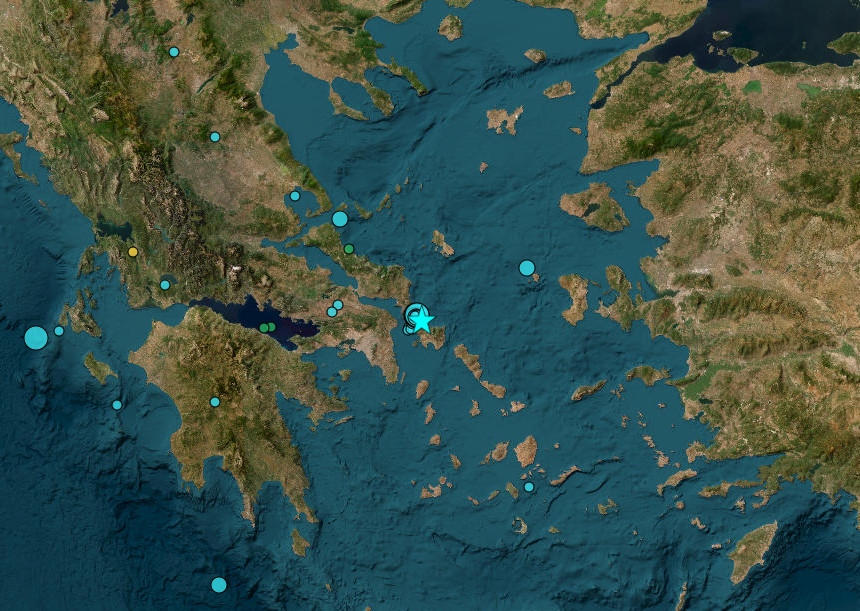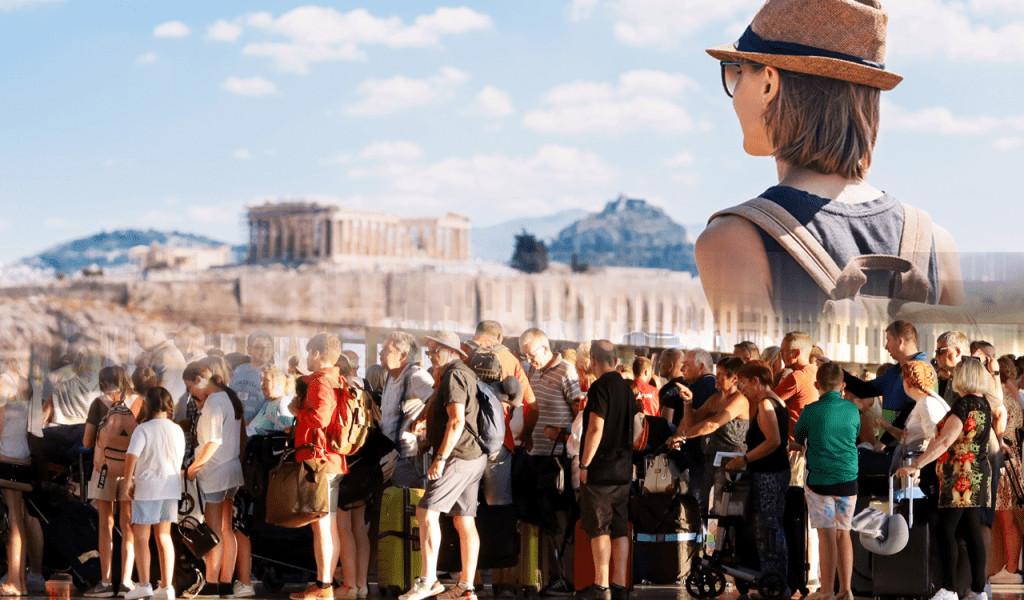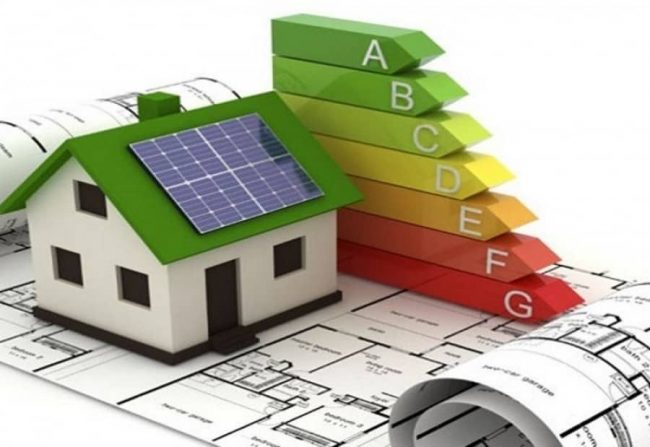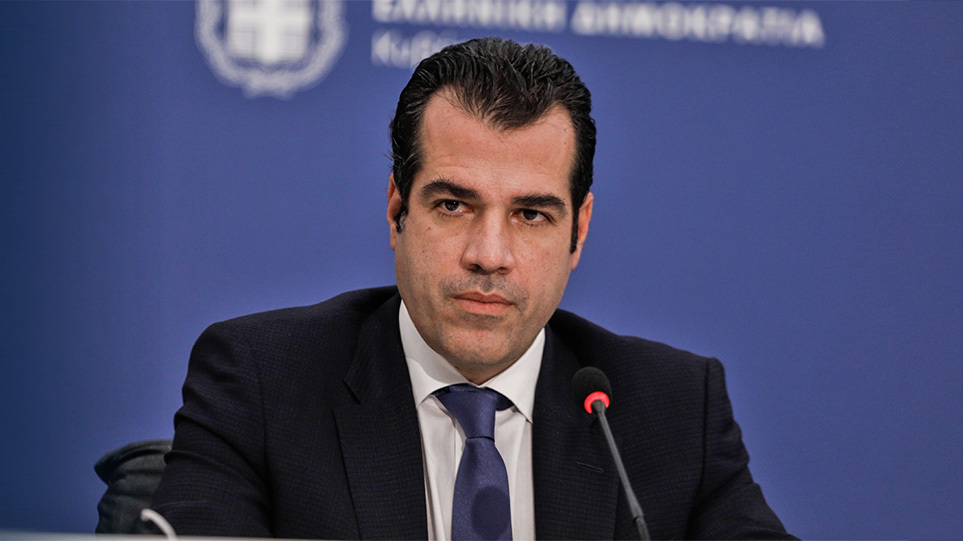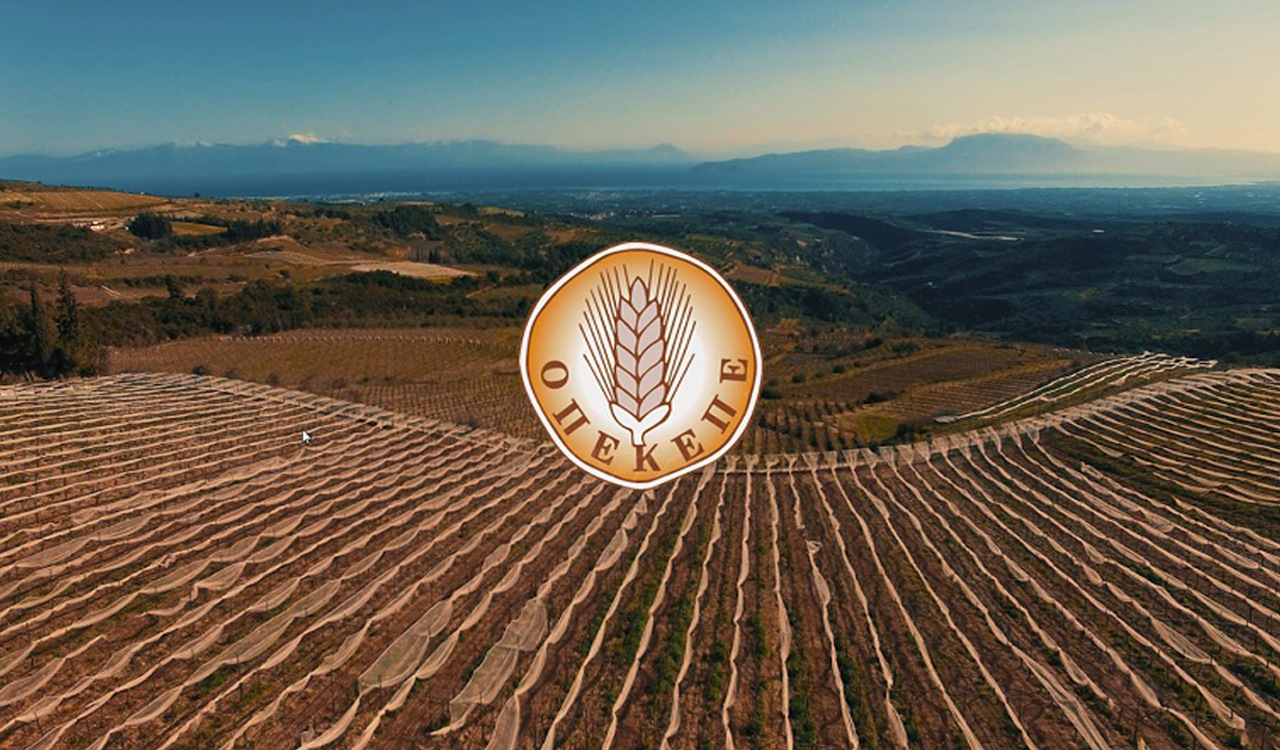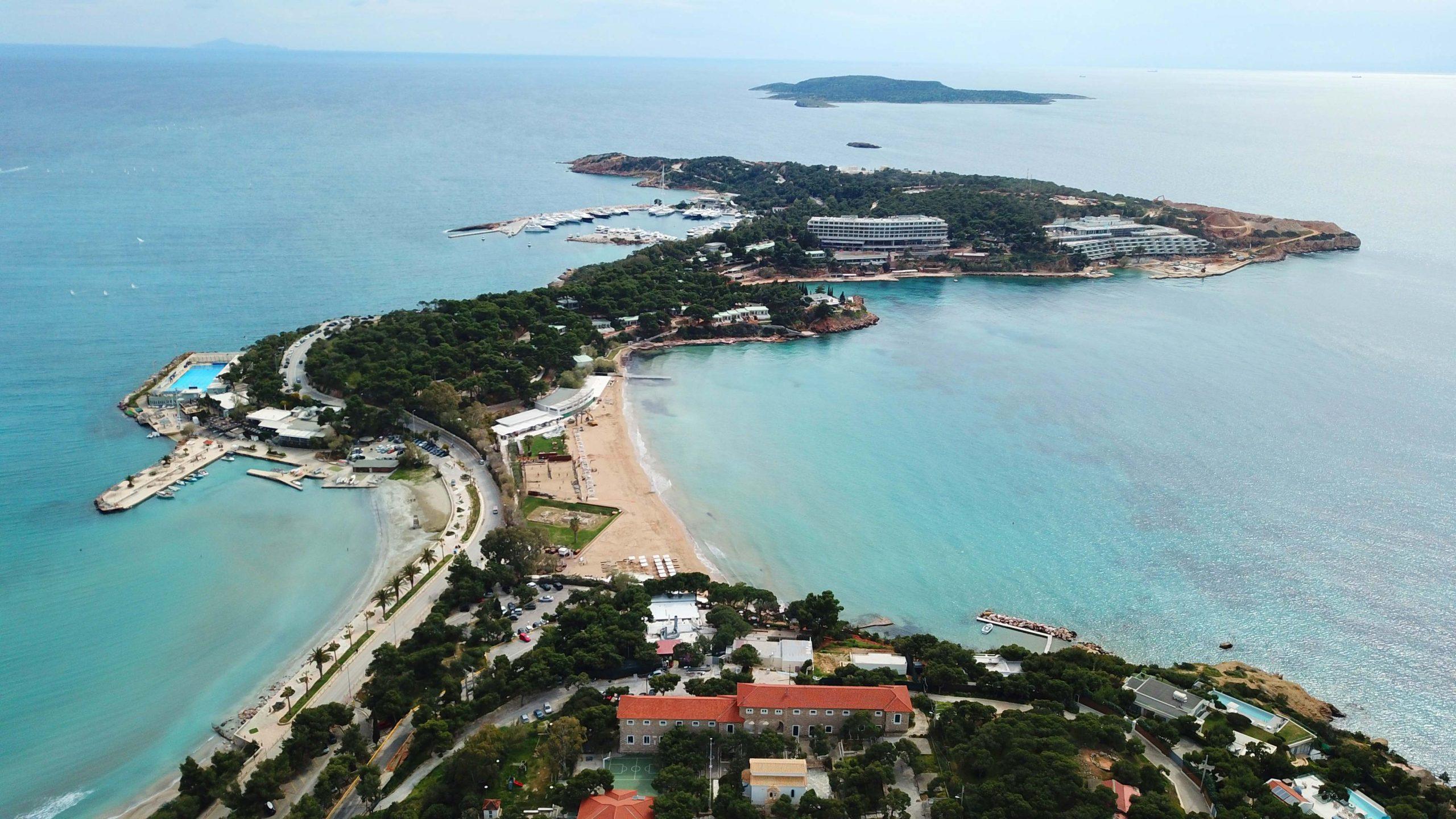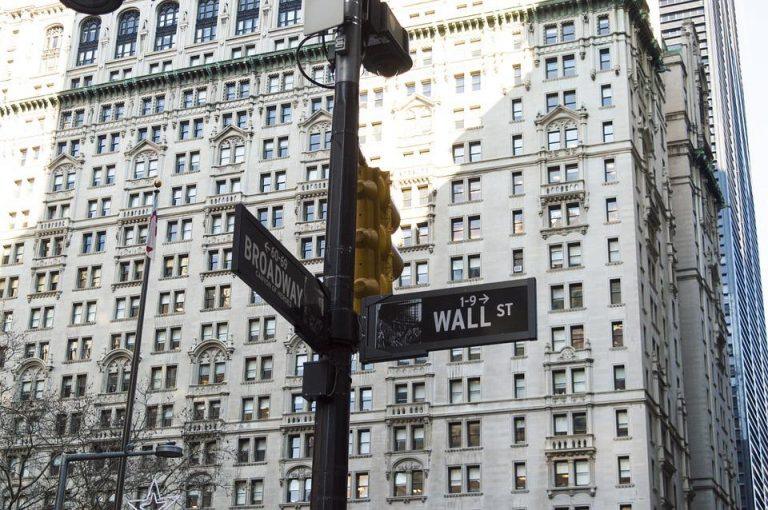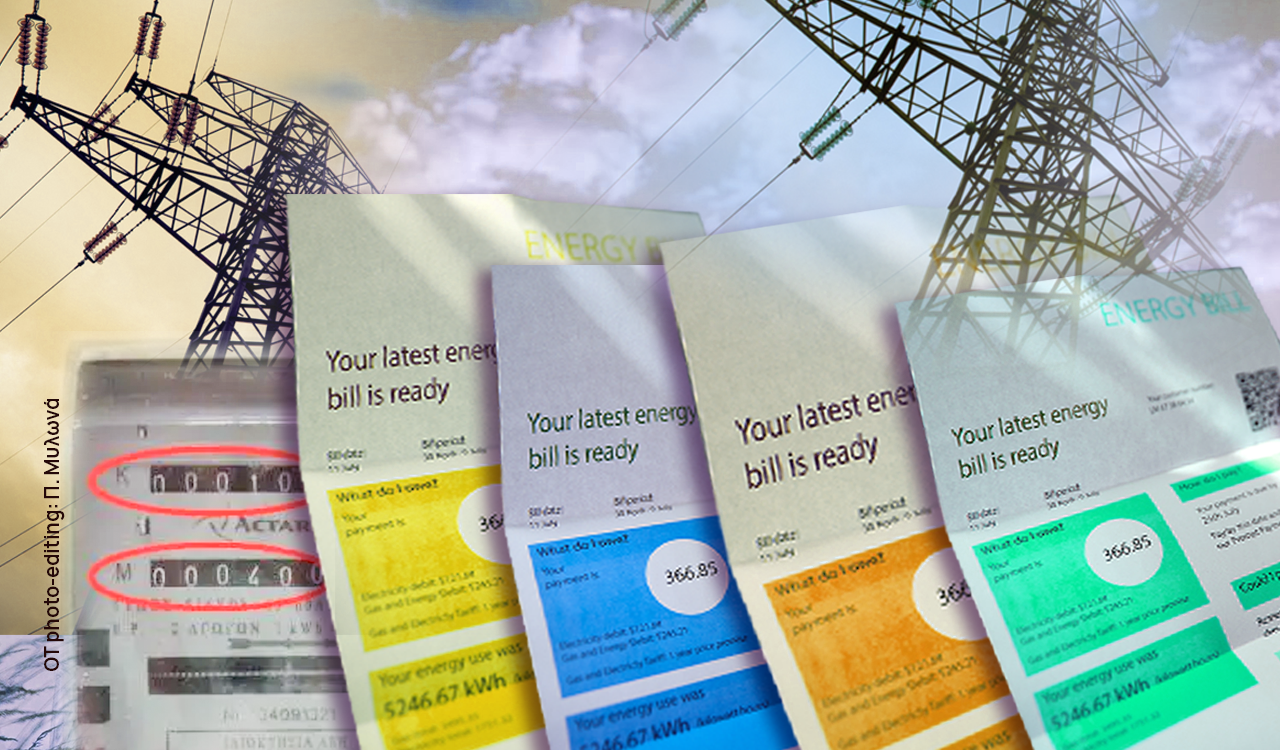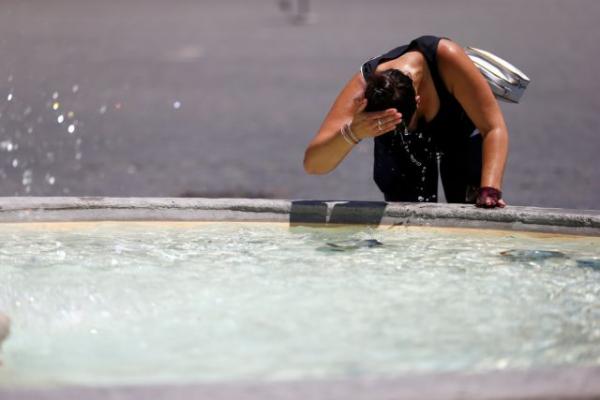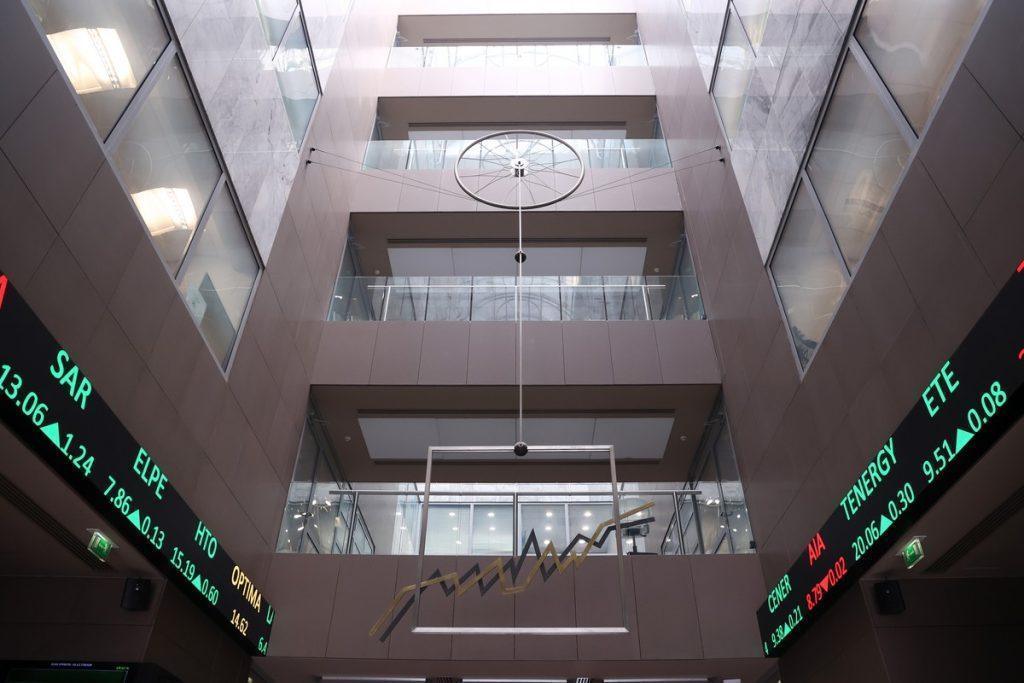It was a difficult night for the residents of the Zarakes community of Evia after the new strong earthquake that occurred in the wider area on Tuesday night, as well as the barrage of tremors observed in the last 24 hours.
Seismologists point out that the things are complicated in terms of which is the main earthquake and they are monitoring the evolution of the phenomenon to determine the main tremor, while not ruling out a stronger one.
In the community of Zarakes, according to the president Christos Tranos, “stairs have fallen from some houses, while cracks in houses and other buildings have worsened”.
The strong earthquake, measuring 5 on the Richter scale, occurred at 22:06 in the southern part of Evia, according to the Unified National Seismological Network of the Geodynamic Institute of the National Observatory of Athens.
The epicenter is located 6 km southeast of Zaraki in Evia, i.e. at the same point as the morning tremors, and at a distance of 56 km NE of Athens.
According to the Euro-Mediterranean Seismological Center, the tremor had an intensity of 5.2 Richter, while the earthquake was particularly felt in Athens.
Read also – Barrage of aftershocks after 4.7 Richter earthquake in Evia that was felt in Athens
The opinion of seismologists
The president of the Antiseismic Planning and Protection Organization, Efthymios Lekkas, confirmed what the director of the Geodynamic Institute of Athens, Akis Tselentis, said.
“The Corinthian Gulf and especially the eastern Corinthian Gulf is a natural laboratory, it has a high seismic load and it is next after the 40 years that the region has had an earthquake, that it is ripe for a fairly large earthquake” he emphasized speaking to public broadcaster ERT. However, he did not commit to giving a possible time of its manifestation.
As he clarified, we do not have certain indications of the time of its manifestation whether it will be five years or three years. “However, at some point in the near future the Corinthian rift will be activated. Unfortunately, on a global level, we cannot determine the time of earthquakes, nor to a large extent the location of a large earthquake”
Commenting on whether we are ready for such a phenomenon and whether the houses, the apartment buildings, the structures will withstand, he replied: “I dare say that they will withstand. We are in a much better situation than we were in 1981. I should note that in 1984-86 the anti-earthquake regulation was put in place, which is one of the best regulations in the world and this is essentially due to the efforts of the Greek scientific community, engineers and geoscientists, of course under the supervision of the Earthquake Planning and Protection Organization.
We are dealing with a very good anti-seismic regulation and the constructions essentially, a large percentage, are invulnerable in relation to the earthquake of 6 degrees. Of course, there are also old constructions which are vulnerable and we must actually turn our attention to them.”
Asked about what Professor Tselentis said (We have also installed radon detection stations. Radon is a gas that comes out before big earthquakes and we believe we will see if something can be done in time), he answered:
“The release of radon into the atmosphere is a pre-earthquake methodology, which is applied all over the world. Of course, radon is constantly released into the atmosphere from large fissures. When we have variation of this release rate exposure, we suspect what it might mean and be associated with a seismic activity. But we are not always sure.
“I don’t know at the moment whether it exists or not, because it is a matter of research that each of us scientists conducts in each region. However, in any case, what we finally decided in the Greek area is for the Earthquake Risk Assessment Committee to analyze all these issues, all these forecasts with the aim of correctly informing the State, a state that has laid the foundations for the further anti-seismic shielding of the Greek area”.
Akis Tselentis, in his post on Facebook, emphasized: “With the new earthquake, the facts are changing and we have to wait a bit to see developments. As I have repeatedly mentioned today, residents should avoid stone houses. The last earthquake will have its own post-seismic sequence.”
Speaking to evima, he pointed out: “I don’t know if a bigger earthquake will follow, there is that possibility because we are talking about an unknown fault. However, what I would like to clarify is that even in the event of a larger earthquake, I estimate that it will be an earthquake that the buildings can withstand, it will not be catastrophic”.
